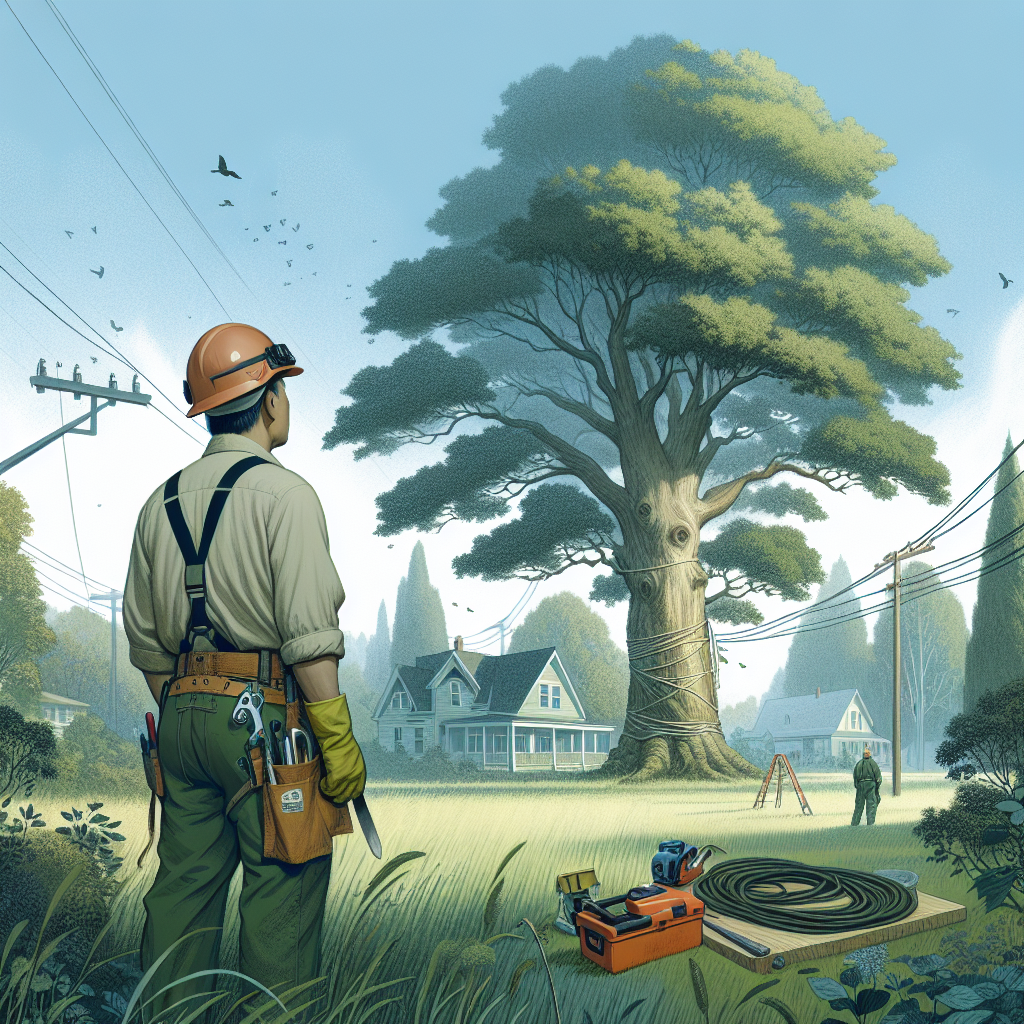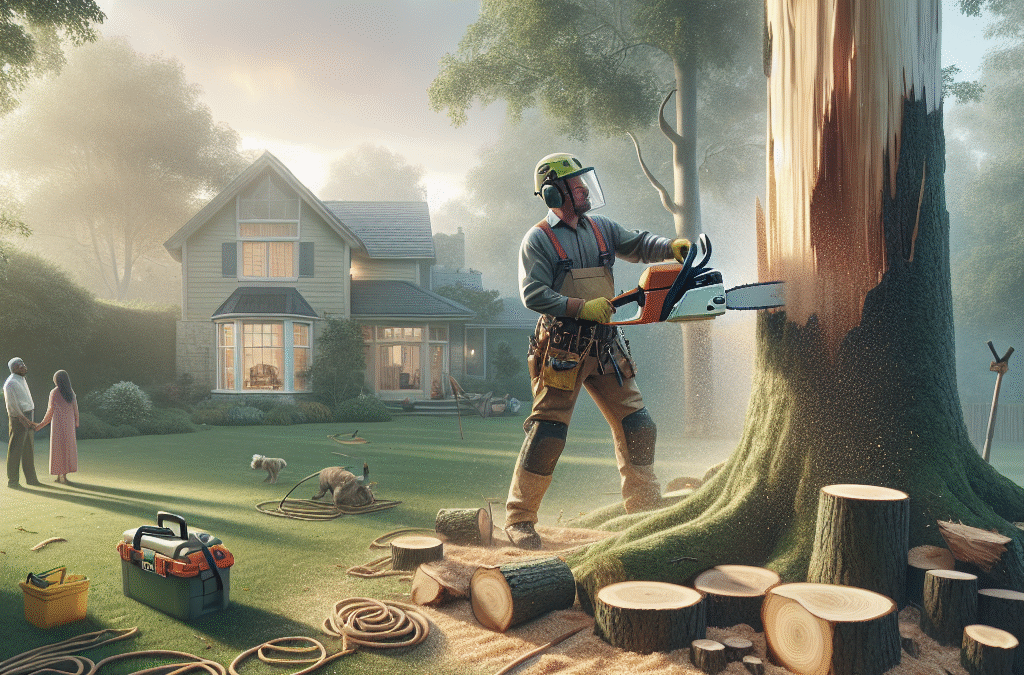Tree Removal: Steps to Ensure a Safe Process 🌳🔧
Tree removal can be a daunting task, especially if you’re unsure of where to begin. Whether it’s a towering oak that’s seen better days or a pesky pine that’s encroaching on your property, ensuring a safe removal process is crucial. In this blog post, we’ll walk you through the essential steps to make tree removal safe and efficient. Let’s dive in!
Table of Contents
1. Understanding the Need for Tree Removal 🌲
2. Preparing for the Tree Removal Process 🛠️
3. The Tree Removal Steps 🚧
4. Post-Removal Cleanup and Safety Tips 🧹
5. Conclusion: A Job Well Done 🎉
6. FAQs 🤔
Understanding the Need for Tree Removal 🌲
Before jumping into action, it’s important to understand why a tree might need to be removed. Common reasons include disease, storm damage, or simply being in the way of a new construction project. Assessing the situation can help you determine whether removal is necessary or if trimming might suffice.
Preparing for the Tree Removal Process 🛠️
Preparation is key to a successful tree removal. Here are some steps to ensure you’re ready:
1. Assess the Area: Check for any obstacles such as power lines, buildings, or other trees that might be affected during the removal process.
2. Gather the Right Tools: Make sure you have all necessary equipment, including chainsaws, ropes, and safety gear like helmets and gloves.
3. Seek Professional Help: If the tree is particularly large or in a tricky location, consider hiring a professional arborist. Safety first! 🚨

The Tree Removal Steps 🚧
Now that you’re prepared, it’s time to get down to business. Here’s a step-by-step guide:
1. Plan the Fall: Determine the direction in which you want the tree to fall. Clear the area to prevent any accidents.
2. Make the Initial Cut: Cut a notch on the side of the tree facing the fall direction. This notch should be about a quarter of the tree’s diameter.
3. Back Cut: Move to the opposite side and make a horizontal cut slightly above the bottom of the notch. This will help guide the tree’s fall.
4. Retreat Safely: As the tree begins to fall, quickly move away from the direction of the fall path.
Post-Removal Cleanup and Safety Tips 🧹
Once the tree is down, the job isn’t over yet. Here’s how to wrap things up:
1. Limb and Section: Remove the branches and cut the trunk into manageable sections.
2. Dispose of Debris: Depending on your location, you may need to contact local waste management for disposal. Alternatively, consider repurposing the wood for firewood or mulch.
3. Inspect the Area: Ensure there are no hazards left behind, and restore the area to prevent any accidents.
Conclusion: A Job Well Done 🎉
Tree removal doesn’t have to be a risky endeavor if approached with care and preparation. By following these steps, you can ensure that the process is both safe and successful. Remember, when in doubt, don’t hesitate to call in the professionals. Happy tree trimming! 🌿
FAQs 🤔
Q: Can I remove a tree myself, or should I hire a professional?
A: While small trees may be manageable on your own, larger or more complex removals are best left to professionals for safety reasons.
Q: What safety gear is necessary for tree removal?
A: Essential safety gear includes a hard hat, gloves, goggles, and sturdy boots. Using ear protection is also advisable when operating loud equipment.
Q: How do I know if a tree is diseased and needs removal?
A: Look for signs such as dead branches, fungal growth, or noticeable lean. Consulting with an arborist can provide a definitive diagnosis.

tree trimming companies Lake Highlands Dallas Texas

tree trimming service near me Lake Highlands Dallas Texas

tree pruning service near me Lake Highlands Dallas Texas

tree trimming near me Lake Highlands Dallas Texas

tree pruning companies Lake Highlands Dallas Texas

tree pruning services Lake Highlands Dallas Texas

tree trimming services Preston Hollow Dallas Texas

tree pruning services Preston Hollow Dallas Texas

tree trimming service near me Lakewood Dallas Texas


























































